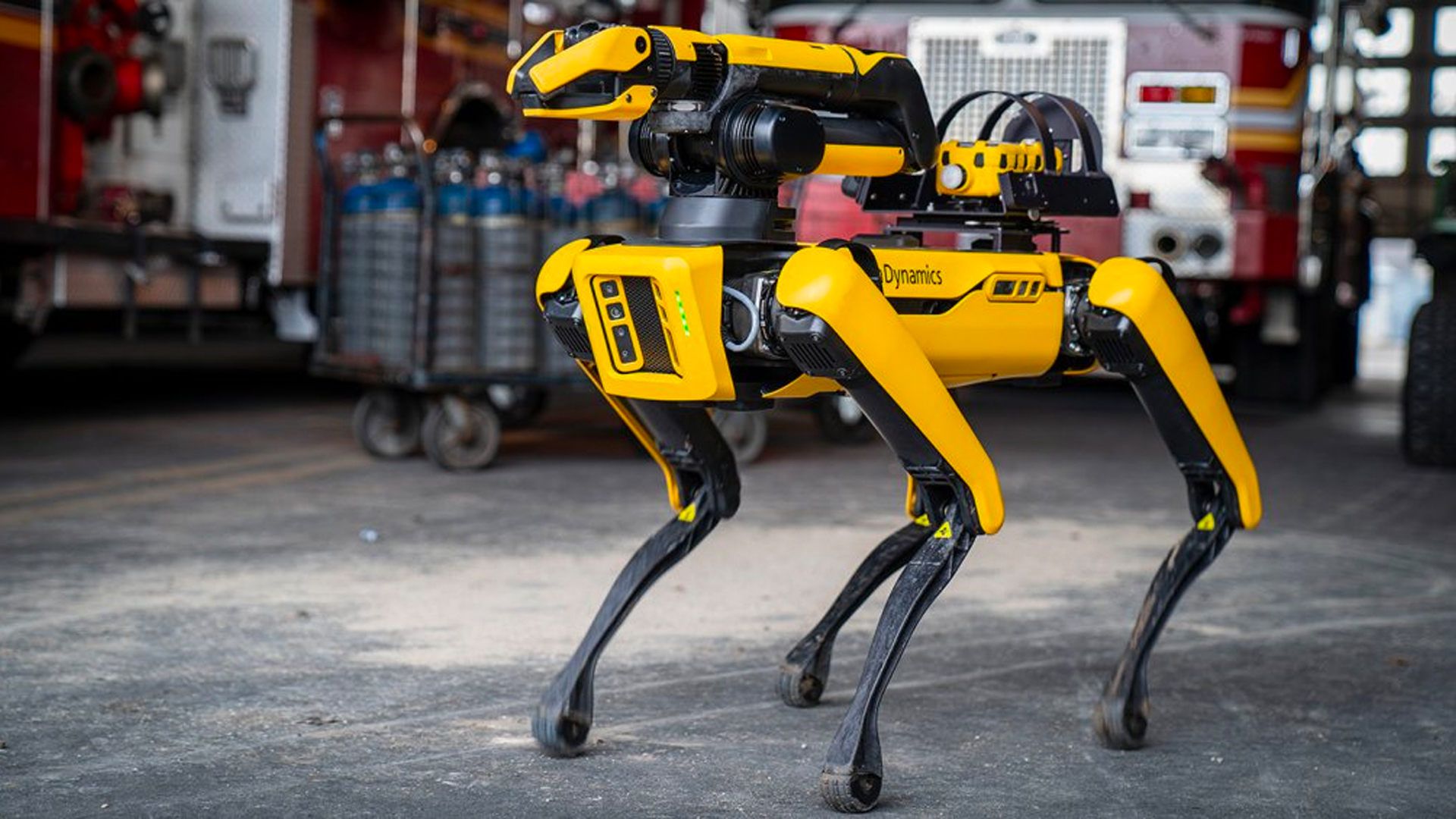Did Apple steal or at least get inspiration for the design of the iPad from 2001: A Space Odyssey? Samsung certainly seems to think so. In the US, where Apple has filed a motion for a preliminary injunction against four Samsung products including the Galaxy Tab 10.1, Samsung has filed a defence based, at least in part, on the similarity of Apple’s iPad to tablet computers shown in scenes from 2001: A Space Odyssey.
Whilst it would be a bit of a surprise if the court took a fictional depiction of technology as valid ‘prior art’, we can’t help thinking that Stanley Kubrick’s 1968 moment of prescience should not go uncelebrated. So here are five of bits of tech that started on the screen and have since come to life:
1. Star Wars - Holographic TV
When Princess Leia called Luke Skywalker for help via a tiny holographic projection in Star Wars, it was 1977 and fashionable to walk around with Danish pastries strapped to your ears. Thirty four years later, we’ve dropped the Danishes and invented three-dimensional holographic telepresence.
Scientists at the University of Arizona
have used 16 cameras in their prototype, which refreshes the image every 2 seconds.
For a slightly more affordable experience, we now have 3D movies, TVs and games devices. Although some 3D experiences require that viewers wear glasses, either with different coloured or polarised lenses, advances in 3D tech are slowly doing away with the annoying headgear. The new Nintendo 3DS , for example, uses a stereoscopic display to provide a feeling of depth to the game world.
2. Minority Report - Gestural interface design
In the 2002 Spielberg blockbuster Minority Report
, Tom Cruise plays John Anderton, a cop in the department of PreCrime. He arrests people before they’ve done anything, based on visions of the future provided by three ‘precogs’. Throughout the movie we see Anderton using a vastly powerful computer via a gestural interface on huge see-through screens. All he has to do is move his high-tech gloved hands in front of the screen or touch icons to use this computer of the future.
Whilst the enormous screens haven’t quite come to pass, gestural interfaces are here to stay with Apple’s iPad and its recent OS X upgrade, Lion. Swiping, pinching, twisting and tapping make using your computer or tablet a breeze, and Apple aren’t alone in going for gestural design. Wacom have created the Bamboo Pen & Touch graphics tablet which lets you use your fingers instead of a stylus to control your machine. Microsoft’s Surface uses touch-screen technology in a 40-inch screen which can be hung on the wall or used as a table. And companies like Perspective Pixel are building enormous touch-screen displays that allow users to pretend they are John Anderton. The gesture is definitely here to stay.
3. The Jetsons - Domestic robot
Who hasn’t dreamt of a robot that does the housework? In the 1960s, we saw The Jetsons looked after by their robot maid Rosie. Set in a futuristic utopia 100 years into the future (now only 50 years away), in The Jetsons’ world, Rosie not only cleans the house and does all the chores, she also helps bring up the children.
We’re not quite at the ‘bringing up the children’ stage with robots yet, but they certainly can help keep the house clean. iRobot ’s range of domestic robots include the Roomba, which vacuums, and the Scooba, which sweeps and mops. For cat-lovers, of course, there’s Litter Robot - a sensor activated self-cleaning litter tray. And if you’re looking for a robot to entertain you whilst your floor’s being cleaned, then Willow Garage’s PR2 can challenge you to a great game of pool.
4. Doctor Who - Robotic pet
The BBC’s long-running cult sci-fi show Doctor Who featured many strange aliens and devices, but one of the most warmly received was
K-9
, the Doctor’s robotic dog. K-9 first appears in 1977 and was a recurring character, even being revived for the modern ‘reboot’ of the series. He had acute hearing, a vast computer-driven intellect and a hugely powerful laser in his nose.
Marketed without the killer laser, Sony’s Aibo was decidedly cuter than K-9 and a lot less prone to answer back. Although it captured the media’s imagination, Sony discontinued it in 2006. It’s conceptual successor is the Pleo , an autonomous robotic dinosaur designed to mimic life by acting independently, expressing emotions, and reacting to its surroundings. Based on a young Camarasaurus , the Pleo might not be the cuddliest robot around, but it’s innovative programming makes it a fascinating pet.
5. Aliens - Powered exoskeleton
It was human vs. killer alien in the climax of the 1986 sci-fi classic Aliens
, and Ellen Ripley (Sigourney Weaver) faces the vicious alien queen. Ripley would struggle in a fight against the alien without her Caterpillar Power Loader J-5000 exoskeleton to provide her with super-human strength. Exoskeletons have featured in many films, allowing the wearer to complete feats of speed, endurance and strength far beyond that of an unassisted, puny human.
In reality, exoskeletons are a tough engineering problem because humans are so much weaker than metals and hydraulics and prone to going squish when things malfunction. The first exoskeleton was developed in the 1960s, but modern versions are getting much closer to the movie ideal. Lockheed Martin’s HULC , for example, is an “un-tethered, hydraulic-powered anthropomorphic exoskeleton” which allows the wearer to carry heavy loads as well as squat and crawl if needed. Currently in ‘biomechanical testing’, the HULC will soon be used in simulated field operations to test how it performs in a more realistic environment.


)




)
)
)
)
)
)
)
)